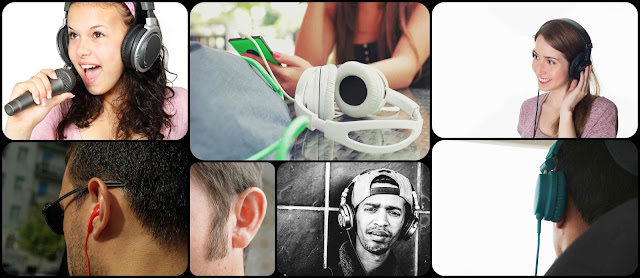 |
| Unwittingly in the process of hearing a series of unique things. |
Recognize, Here's How To Ear 'Catch' and Bringing Sound to the Brain
To undergo daily activities, including communicating and working, the hearing becomes a very important thing. Recognize, Here's How To Ear 'Catch' and Bringing Sound to the Brain. Various types of single voice you heard and processed by the brain at all times. Well, do you know how the process is going on?Unwittingly in the process of hearing a series of unique things. To understand what kind of process hearing occurs know in advance the anatomy of your ear. The ear consists of three parts, namely the outer ear, middle and deep. The outer ear is the part that can still be seen eye without the help of special equipment, namely the ear and ear canal.
While the middle ear can not be seen with the naked eye and require special tools, consisting of the eardrum, ossicles (bone loss), eustachian tube channel, and the mastoid bone.
To the inner ear, usually only specialists can study it. This section consists of the cochlea (the organ of Corti) and the labyrinth (in the form of the organ of balance).
Hearing Process Begins
Hearing process begins when the eardrum to vibrate due to sound waves enter the ear canal. After the eardrum vibrate, these vibrations and then proceed to the middle ear, and then channeled through three auditory bones known as the ossicles.It consists of bone ossicles malleus, incus, and stapes. Well, it serves to strengthen the ossicles vibration to proceed to the tiny hairs in the cochlea.
Inside the cochlea, the sound energy is converted into electrical energy and is delivered in the form of electrical signals through the auditory nerve to the brain. In the brain will then be perceived as sound.
Recomendation Article
×
